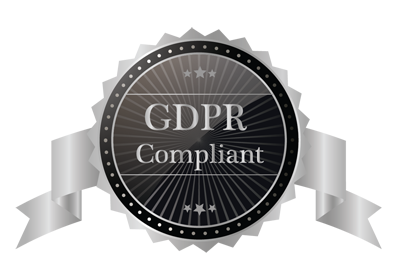Phishing is a type of cyber attack where scammers use deceptive emails, text messages, or websites to trick victims into revealing sensitive information or installing malware. These phishing attacks have become increasingly sophisticated, often masquerading as legitimate organisations to steal personal data such as passwords, credit card numbers, and account details.
In this comprehensive guide, we’ll explore the various types of phishing, common features of phishing attacks, and how to defend against them. We’ll also discuss how Advanced Sweeping can help protect your business from phishing scams.
Types of Phishing Attacks
SMS Text Messages
The hackers will send you a malicious link via a text message. Once you have clicked on this link, there is no going back and the criminals will have gained access.
URL
This is where the cybercriminals create fake websites that look legitimate and they are very difficult to determine they are not the real thing.
Invoices
The hackers will send a fake invoice claiming monies are owed. They provide a phone number on the invoice and when you call, they will attempt to obtain sensitive information from you.
Data Harvesting
This can take many forms such as entering a competition where they will ask for personal information such as your date of birth and address. This can then be sold to corrupt buyers who can target you or it will be sold on the “dark web”. You are then vulnerable to identity theft.
Common Features of Phishing Attacks
While phishing attacks can take many forms, they often share some telltale signs:
- A sense of urgency, pressuring you to act quickly without thinking.
- Generic greetings like “Dear Customer” instead of your name.
- Poor grammar, spelling mistakes, or unusual phrasing.
- Suspicious attachments or links to unfamiliar websites.
- Requests for personal information that a legitimate company would never ask for via email.
Defending Against Phishing Attacks
To protect yourself and your organisation from phishing attacks:
- Be cautious of unsolicited emails, even if they appear to come from a trusted source.
- Don’t click on links or attachments from unknown senders.
- Verify the legitimacy of a request by contacting the company directly, using a phone number or website you trust.
- Keep your software and anti-malware programs up to date.
- Use strong, unique passwords for each account and enable two-factor authentication when possible.
- Educate your employees about phishing through regular training and simulated phishing exercises.
How Advanced Sweeping Can Help
At Advanced Sweeping, we specialise in technical surveillance countermeasures (TSCM) and cyber security services. Our experienced team can help protect your organisation from sophisticated phishing attacks and other digital threats that could compromise your security
Contact Us for Professional Cyber Security Services
Don’t leave your organisation vulnerable to sophisticated phishing attacks. If you’re concerned about your digital security or want to enhance your defences against cyber threats, contact Advanced Sweeping today.
Our team of experts is ready to provide professional advice and tailor our services to meet your specific security needs, ensuring your organisation is protected from digital espionage and cyber attacks.

